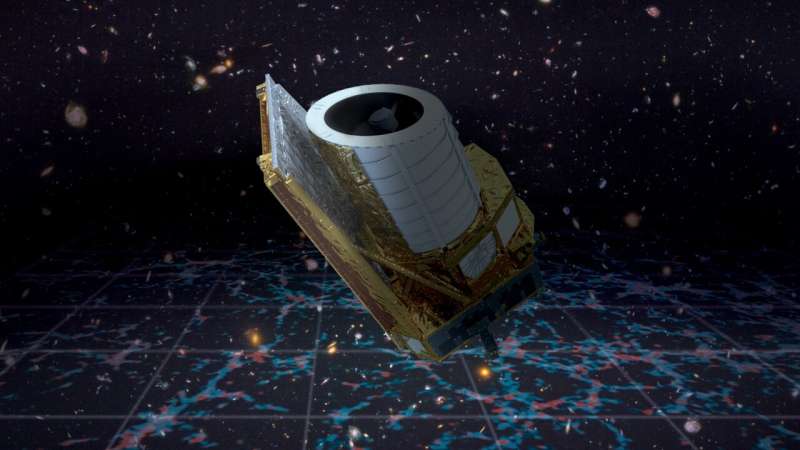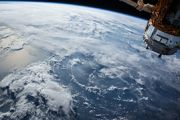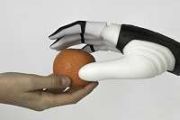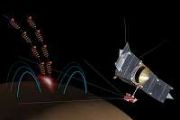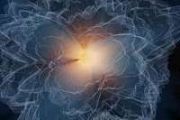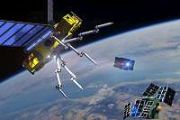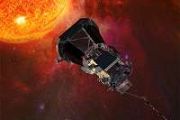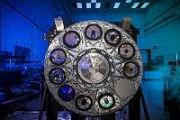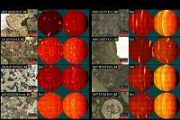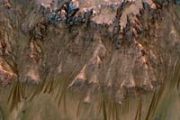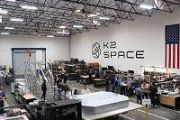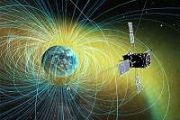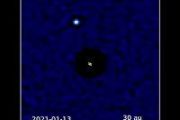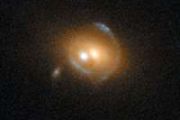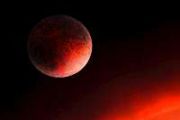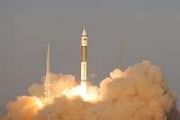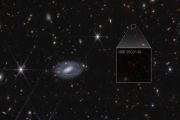
Copernical Team
Life in a hologram
 The MIT physicist is searching for answers to one of the biggest questions in modern physics: How can our universe abide by two incompatible rulebooks? The first - the Standard Model of Physics - is the quantum mechanical theory of particles, fields, and forces, and the ways in which they interact to build the universe we live in. The second - Einstein's theory of general relativity - describes
The MIT physicist is searching for answers to one of the biggest questions in modern physics: How can our universe abide by two incompatible rulebooks? The first - the Standard Model of Physics - is the quantum mechanical theory of particles, fields, and forces, and the ways in which they interact to build the universe we live in. The second - Einstein's theory of general relativity - describes Frying Food in Space: A New Frontier in Astronaut Culinary Experience
 The dietary regimen of astronauts is a crucial aspect of space missions that impacts overall health and morale. The European Space Agency (ESA) has been funding research on cooking techniques in microgravity conditions, with a recent focus on frying food, a worldwide culinary method with intricate physics and chemistry at play. In a breakthrough for future lunar and Martian missions, the research has suggested that a beloved comfort food, fries, may be feasible to prepare even in outer space.
The dietary regimen of astronauts is a crucial aspect of space missions that impacts overall health and morale. The European Space Agency (ESA) has been funding research on cooking techniques in microgravity conditions, with a recent focus on frying food, a worldwide culinary method with intricate physics and chemistry at play. In a breakthrough for future lunar and Martian missions, the research has suggested that a beloved comfort food, fries, may be feasible to prepare even in outer space. Design proposal could double space solar cell efficiency
 When it comes to supplying energy for space exploration and settlements, commonly available solar cells made of silicon or gallium arsenide are still too heavy to be feasibly transported by rocket. To address this challenge, a wide variety of lightweight alternatives are being explored, including solar cells made of a thin layer of molybdenum selenide, which fall into the broader category of 2D
When it comes to supplying energy for space exploration and settlements, commonly available solar cells made of silicon or gallium arsenide are still too heavy to be feasibly transported by rocket. To address this challenge, a wide variety of lightweight alternatives are being explored, including solar cells made of a thin layer of molybdenum selenide, which fall into the broader category of 2D NASA, SpaceX launch solar arrays, cargo to space station
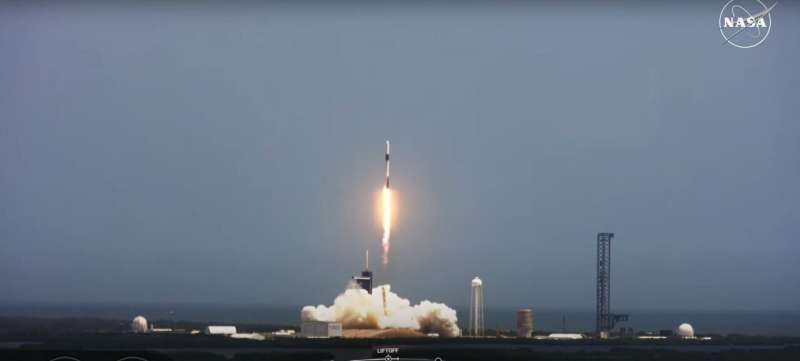
Following a successful launch of NASA's SpaceX 28th commercial resupply services mission, two new solar arrays, science investigations, and supplies are on their way to the International Space Station.
Carrying more than 7,000 pounds of cargo to the orbiting laboratory, the uncrewed SpaceX Dragon spacecraft launched on the company's Falcon 9 rocket at 11:47 a.m. EDT, Monday, June 5, from NASA's Kennedy Space Center in Florida.
The cargo spacecraft is scheduled to autonomously dock with the space-facing port on the station's Harmony module at approximately 5:50 a.m. and remain at the station for about 21 days.
NASA-JPL Psyche launch on track with 'outstanding' progress, review board confirms
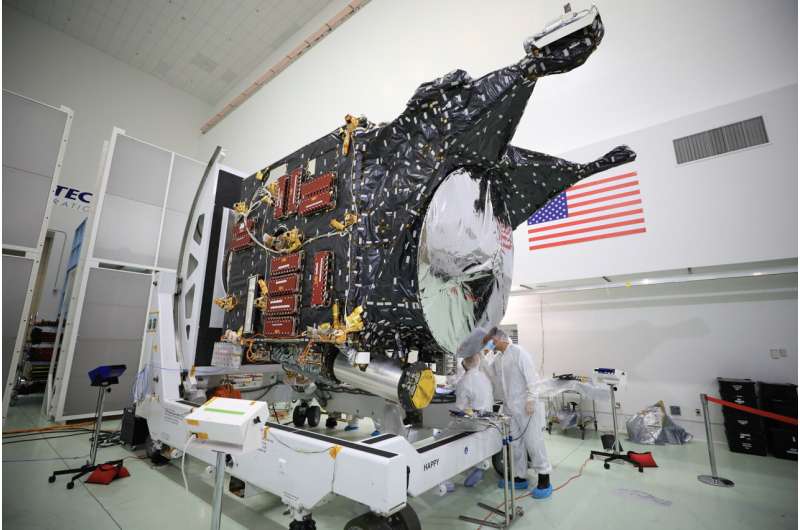
Steps taken by NASA, the agency's Jet Propulsion Laboratory (JPL) in Southern California, and Caltech, to put the Psyche mission on track for an October 2023 launch have been outstanding, according to an independently appointed review board. NASA and JPL convened the board last summer after the Psyche mission team requested to delay the spacecraft's August 2022 launch to a metal-rich asteroid of the same name.
SpaceDaily.com set to scrap all Network Advertising
 Digital advertising is changing course and SpaceDaily.com, with its 25 high-tech websites including SpaceWar.com, SolarDaily.com, GPSDaily.com, and RoboDaily.com, is onboard with this change. Simon Mansfield, publisher of Space Media Network says the major ad networks are a broken business model due to their disregard for demographic specifics, leading to questionable ad relevance, and site perf
Digital advertising is changing course and SpaceDaily.com, with its 25 high-tech websites including SpaceWar.com, SolarDaily.com, GPSDaily.com, and RoboDaily.com, is onboard with this change. Simon Mansfield, publisher of Space Media Network says the major ad networks are a broken business model due to their disregard for demographic specifics, leading to questionable ad relevance, and site perf China questions whether there is a new moon race afoot
 The moon is the only natural satellite of Earth. It is also the nearest celestial body to our planet, and selenology, or the study of the moon, is very important for scientists, as it can give them insights into other celestial bodies and advance planetary science. If we want to know the history of Earth, together with the history of our solar system, studying the moon is essential.
The ex
The moon is the only natural satellite of Earth. It is also the nearest celestial body to our planet, and selenology, or the study of the moon, is very important for scientists, as it can give them insights into other celestial bodies and advance planetary science. If we want to know the history of Earth, together with the history of our solar system, studying the moon is essential.
The ex Dying stars' cocoons could be new source of gravitational waves
 So far, astrophysicists have only detected gravitational waves from binary systems - the mergers of either two black holes, two neutron stars or one of each. Although astrophysicists theoretically should be able to detect gravitational waves from a single, non-binary source, they have yet to uncover these elusive signals.
Now Northwestern University researchers suggest looking at a new, un
So far, astrophysicists have only detected gravitational waves from binary systems - the mergers of either two black holes, two neutron stars or one of each. Although astrophysicists theoretically should be able to detect gravitational waves from a single, non-binary source, they have yet to uncover these elusive signals.
Now Northwestern University researchers suggest looking at a new, un GomSpace and ESA cancel next phase of climate observation mission
 In European space news, GomSpace and ESA have decided not to proceed to the next phase of the CubeMap mission, a climate observation initiative. The mission had been envisaged as a collaboration between the ESA, Denmark-based GomSpace, and UK-based RAL Space.
In December 2021, GomSpace and RAL Space signed a contract with the European Space Agency (ESA) for the Scout-1 Mission, otherwise k
In European space news, GomSpace and ESA have decided not to proceed to the next phase of the CubeMap mission, a climate observation initiative. The mission had been envisaged as a collaboration between the ESA, Denmark-based GomSpace, and UK-based RAL Space.
In December 2021, GomSpace and RAL Space signed a contract with the European Space Agency (ESA) for the Scout-1 Mission, otherwise k 
